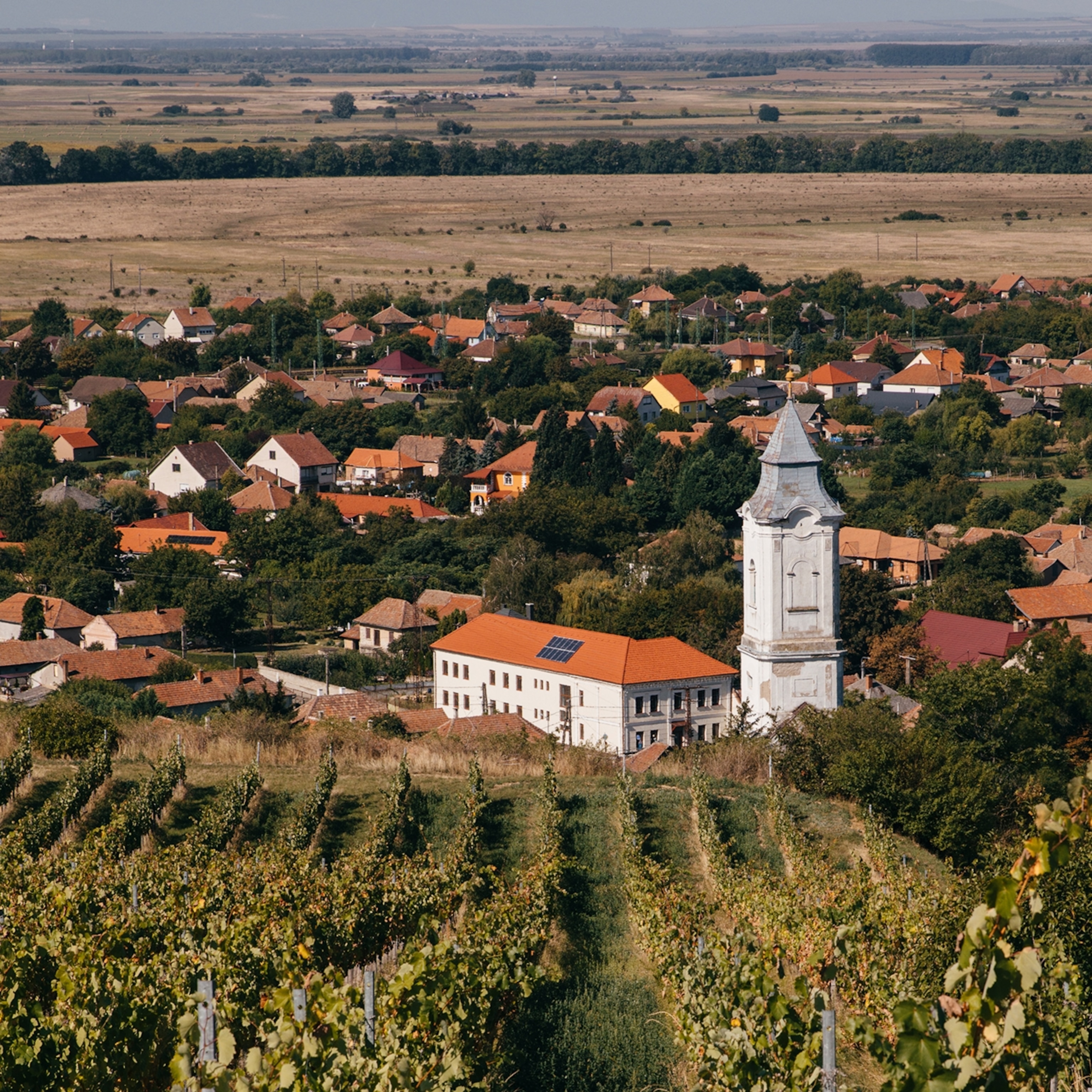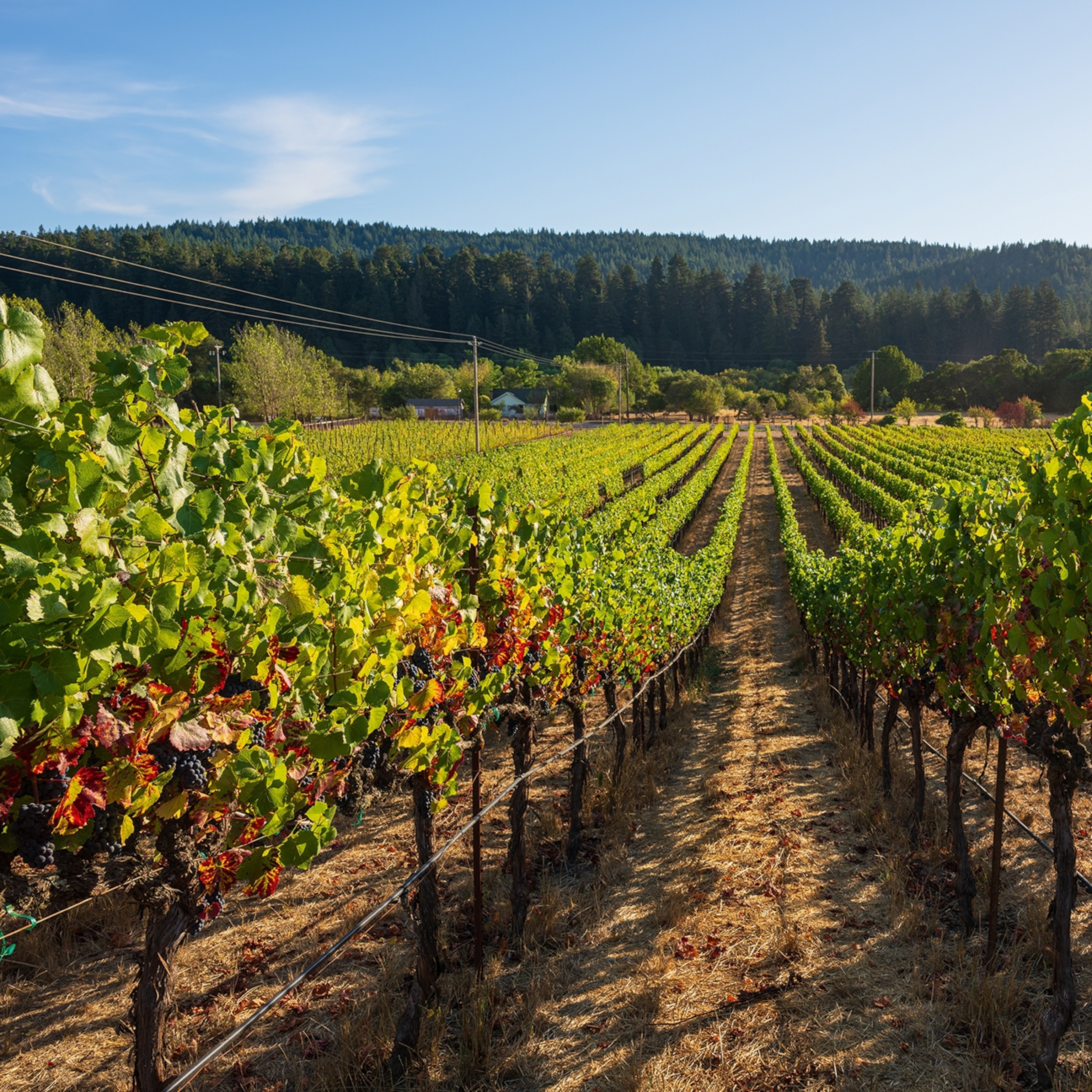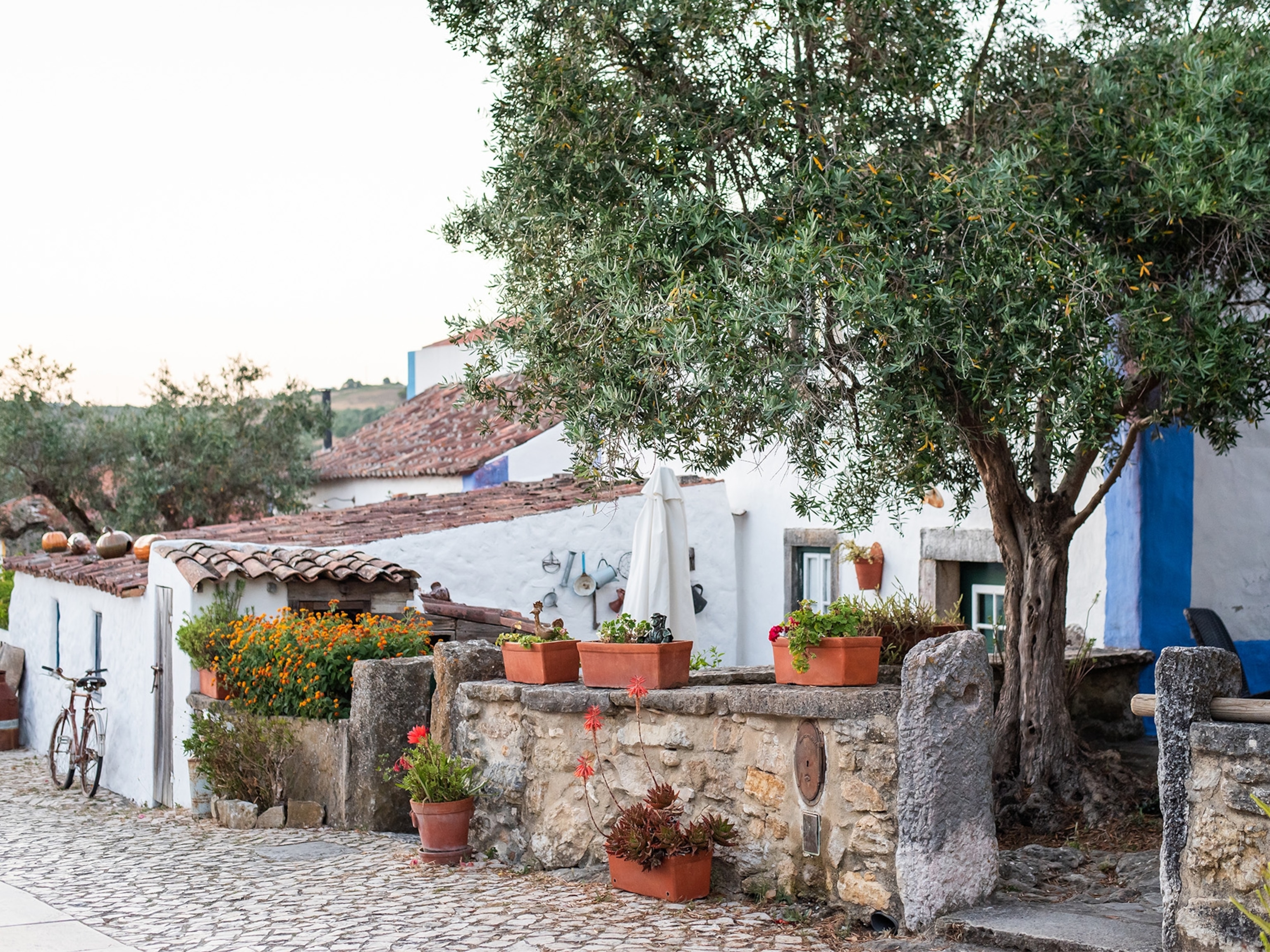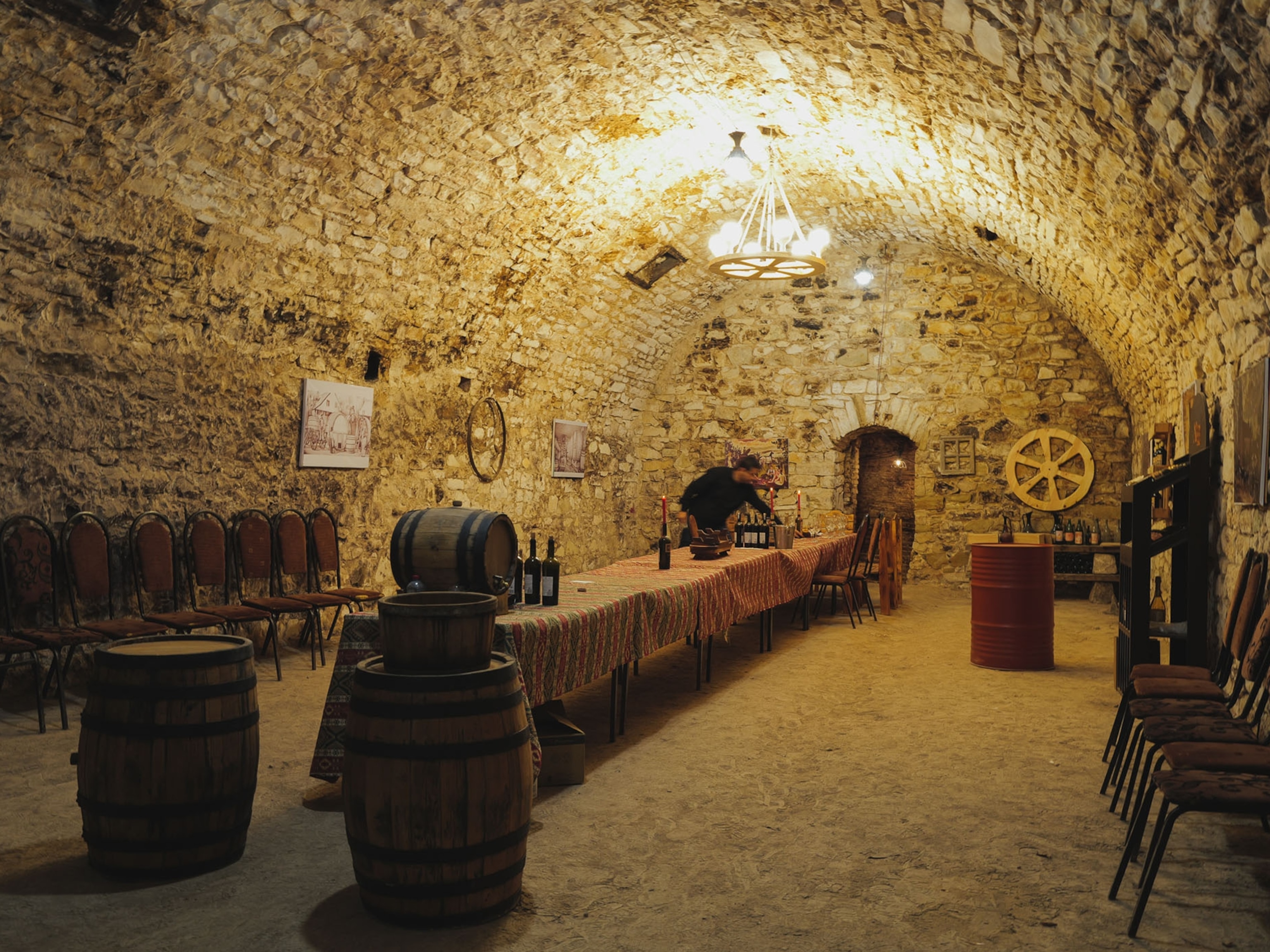
Is this California wine region the new Napa? Its vintners hope not.
Suisun Valley has become a weekend destination for its top-notch wines and down-to-earth wineries—a reminder of how Napa used to be.
There’s a California wine region, about a 45-minute drive from San Francisco, where grape vines run off to golden, oak-covered hills and wild turkeys shuffle across the road. Family vineyards and down-home tasting rooms provide friendly wine sampling, and the bottles are often reasonably priced.
But this isn’t Napa or Sonoma, it’s the bucolic Suisun Valley. The 8-mile-by-3-mile swath of vineyards and small farms feels like the Napa Valley of 50 years ago, with similarly top-notch wines.
Compared with the state’s bigger wine-growing regions, “we provide a more relaxed experience,” says Ron Lanza, whose family runs Wooden Valley Winery, the oldest operation in Suisun (sue-soon).
Excellent terroir and a sense of community even prompted Caymus, one of Napa’s most esteemed wineries, to move most of its growing and wine-making operations here. “This area is so much like where I grew up,” says Caymus’s head, Chuck Wagner, who was raised in Napa during the 1950s and 1960s. “Not just the agricultural aspect, but the people who live here. They know each other, they get along.” Wagner opened the sleek, glassed-in Caymus-Suisun tasting room in May 2022.
Here’s how to experience Suisun Valley before the crowds catch on.
Down-home wineries
Take the Suisun Valley Road exit off I-80 and drive west, and you’ll quickly arrive in the heart of wine country, where a dozen wineries spill across the hills.
“[Suisun] is definitely a weekend destination,” says Pam Valdivia, general manager at Vezér Family Vineyard. In addition to wineries, there’s olive-oil tasting at Il Fiorello, shopping for local fruits and nuts at Larry’s Produce and Cal Yee Farm, plus events such as live music, Food Truck Fridays, and cooking classes. Rockville Hills Regional Park, along one of the mountains edging the valley, has 633 acres of grasslands and wetlands with hiking trails.
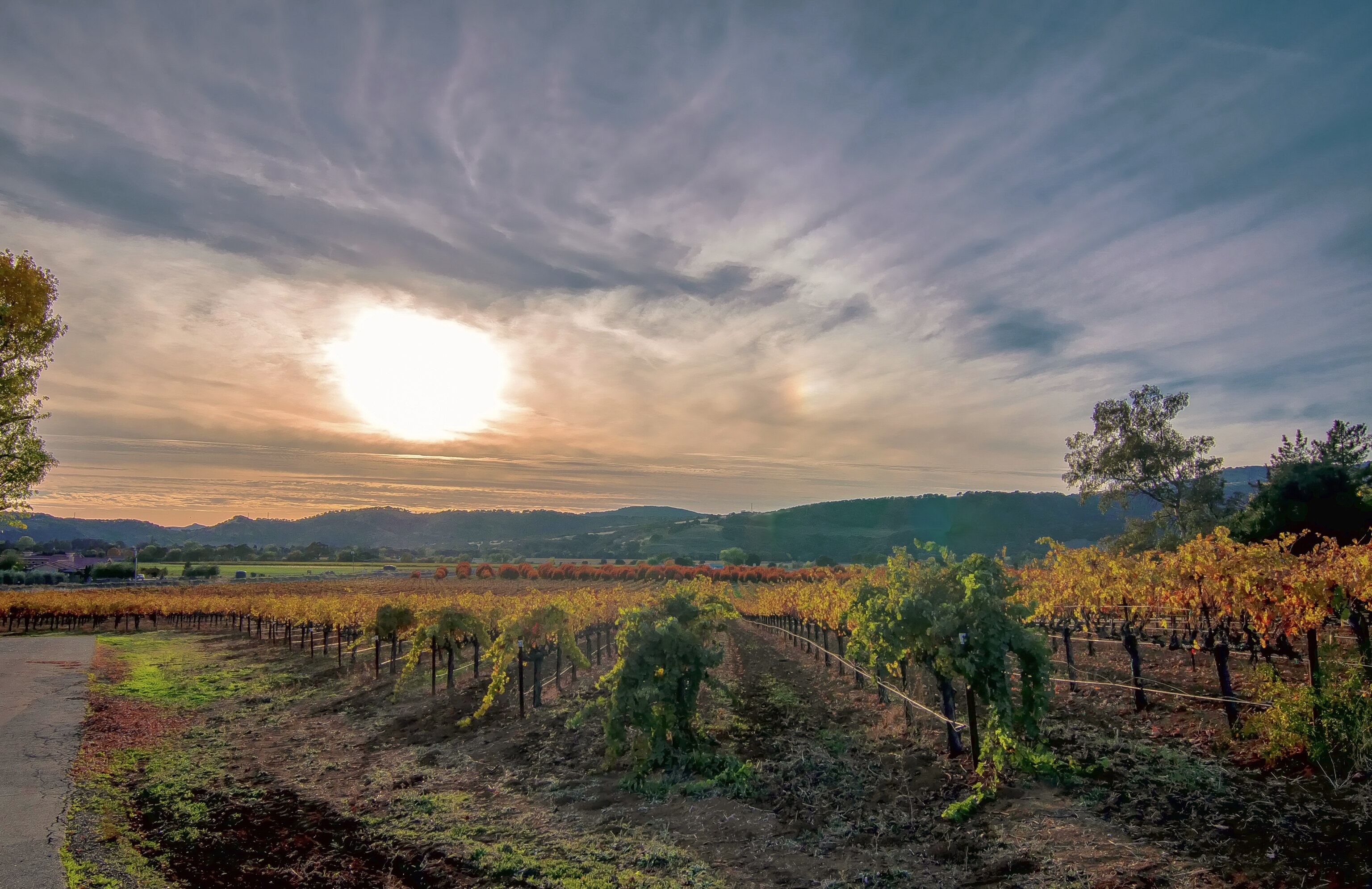
Posh resorts haven’t invaded, yet, but visitors can overnight at two cottages amid the vines at Vezér or at a smattering of short-term rentals.
(Learn why ancient grapes are fueling a wine boom in Baja Mexico.)
You’ll get personalized pours at the mom-and-pop wineries. “When you come tasting, chances are you are going to see one of us,” says Cliff Howard, co-owner of Tolenas winery at the valley’s southern edge, where visitors sample vintages on the grounds of his wife Lisa’s childhood home. “We grow the grapes, make the wine, and tell stories to our guests. That’s what people miss about Napa. It used to be that.”
While Suisun vintners have been making wine since the 1800s (except during Prohibition), the arrival of Caymus and its vast reputation is revealing to the outside world what local vintners already knew: Excellent wine is made here.
Western winds
In the region’s Indigenous Patwin language, suisun means “where the west winds blow.” Those winds bring foggy air from the Pacific Ocean across San Francisco and San Pablo Bays into hot Suisun Valley. This slows the grape ripening process, giving the fruit more time to develop flavors and minimizing frost danger—the secret to world-class vintages.

A double whammy of phylloxera and Prohibition destroyed Suisun’s original wine industry in the early 20th century. Farmers turned to the stone fruits and nuts that thrived here.
Napa—which had also been making wine since the mid-1800s—was deeply affected too. It didn’t start rebounding until 1976, when two Napa wines took first place in a blind taste test against top French wines at the Judgment of Paris.
(Here’s how Napa Valley responded to devastating wildfires.)
After Prohibition, Suisan’s wine industry grew back slowly. Grapes were replanted, and small wineries popped up, starting with Wooden Valley in 1933. By 1983, Suisun Valley was part of the prestigious North Coast American Viticulture Area (AVA), which also includes Napa, Sonoma, and Mendocino counties.
For decades, most Suisun growers sold the bulk of their grapes to the August Sebastiani winery in Sonoma County, two valleys west. But in 2000, Sebastiani changed hands. The Suisun growers had their contracts with the company canceled at the same time that California was experiencing a statewide grape glut.
“Our life was thrown upside-down,” says Wooden Valley’s Lanza.
Suisun vintners knew that the small area remained ideal for vineyards. It has five different microclimates—23 varieties of grapes can be grown, including merlot, cabernet sauvignon, and sauvignon blanc, though the king is petite sirah.
Staying small scale
Still, Suisun’s farmers and vintners don’t want to be the next Napa.
“Napa Valley is a very stylish production center of wine, and it’s on a lot of people’s bucket lists,” Wagner says. “But most of the vintners aren’t really participating in the growing of the grapes or making of the wine.”
(See the Italian region making wine by dunking grapes in the ocean.)
Instead, Suisun Valley’s vintners revel in the small-scale community. As the region becomes more recognized, however, growth will need to be managed. Vintners, farmers, and wineries are working with the local government to ensure smart development, including keeping the valley free of housing tracts and commercial districts.
“We won’t do a thing to destroy it or pollute it or chemically nuke it,” Roger King, co-owner of King Andrews Vineyards, says of the region. “What you have today, make it better for tomorrow.”
